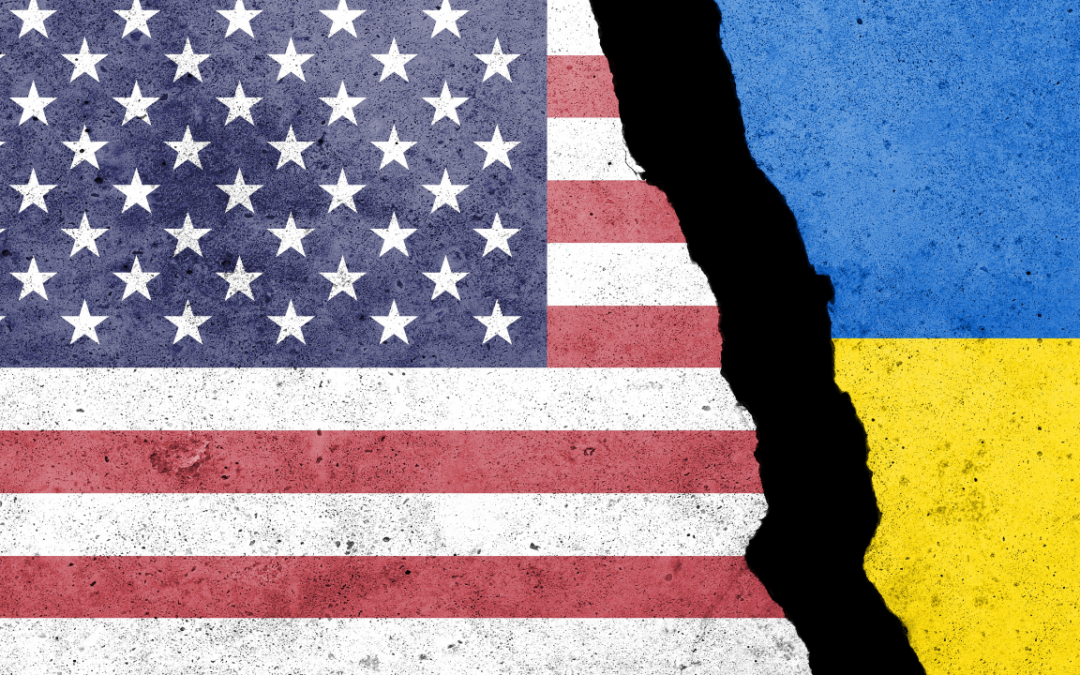“You think your pain and your heartbreak are unprecedented in the history of the world, but then you read.” – James Baldwin
We are unhappy. We live in a world of diminished expectations. Pessimism reigns.
Or so we tell ourselves.
Various polls reflect the sour national mood. According to a recent survey conducted by the Pew Research Center, only 28% of Americans rate their economy as ‘good’, despite near fifty-year lows in unemployment, falling inflation, rising real wages (particularly among ‘working’ Americans), and a soaring stock market. Even though the public’s assessment of the economy has improved modestly over the past year, the average American is nevertheless more downbeat about the economy today than before the pandemic.
Various ideas have been floated to explain the seeming disconnect between our economic reality and how we perceive it. Some notions are easier to dismiss than others.
To begin, we can discard the silly idea that the economic data are wrong. Government statistics are not perfect, but they aren’t biased nor are they profoundly incorrect. On any objective measure, today’s economy is in pretty good shape, at least when the measures regard unemployment, inflation, real incomes, consumption, or wealth.
Of course, those aren’t the only numbers that matter. But what is also odd is that where worries might be expected to crop up, such as about the size of federal government deficits or debts, surveys don’t suggest Americans are particularly concerned. Of the 70% of Americans who believe the economy is in poor or just fair condition, only about 7% of them list the US national debt as a key concern.
Partisan divides matter. Republicans are more downbeat that Democrats. But even Democrats are unenthused. Indeed, one of the more striking things about the national mood is not how unhappy Republicans are (after all, they want to have a different president), but how gloomy Democrats remain.
Poorer Americans are more distressed than better off ones, but that shouldn’t come as a huge surprise. On the other hand, younger Americans are more concerned than older Americans. Just under a third of Americans under the age of 30 have a positive view of the economy, against 70% of Americans over the age of 65 who have a sunnier take on things. That’s noteworthy and we’ll return to that finding below.
According to polls, the most worrisome aspect of the economy is ‘high inflation’, closely followed by ‘high cost of living’. Those might sound like the same thing, but in subtle ways they differ. Worries about high inflation may reflect perception lags. It could take time, in other words, before the deceleration in price increases is noticed by Americans.
High levels of prices, on the other hand, are here to stay. Falling inflation does not restore lower prices. We are reminded of that fact on every visit to the grocery store, by every electricity or insurance bill, or on every trip to fill up the car.
But what is peculiar about attitudes toward inflation or prices is that they are, well, just attitudes. Household spending is not aligned with household sentiment. Americans complain about high costs, but they are spending freely. US consumption has powered the economy during its sharp recovery since the pandemic, rising in inflation-adjusted terms by 3.2% year-on-year by the end of 2023.
Nor are Americans spending money they don’t have. As the economist Jeffrey Frankel recently pointed out, nominal wages, incomes, and spending have outstripped inflation over the past three years. Adjusted for prices, living standards have risen smartly for most Americans since 2021.
The inescapable conclusion is that Americans are saying one thing but acting as if something else were true. But before we conclude that Americans are mere pawns of social or conventional media, each with a predilection to pessimism, perhaps it is the pollsters (and ourselves) whom we should blame for not more deeply probing the disconnect between reality and mood?
Maybe we are asking Americans the wrong questions. Perhaps Americans truly feel nervous, even glum, but their disquiet is not about inflation or unemployment, nor about other measures of current economic conditions.
Perhaps, instead, what worries them are longer-term sources of economic angst, items not explicitly asked in surveys, ones not captured by surveys about ‘the economy’ with its implicit cyclical connotations. Maybe we are not exploring deeply enough the troubled American psyche about the long run.
One hint that we may be missing something is found in the greater degrees of pessimism among younger Americans. They may be finding jobs, but when asked about the economy they may focus instead on the high costs of housing or education. In ‘their’ economy, young people correctly perceive that the prices for homes or college education have risen much faster than median incomes for decades, putting those ‘essentials’ out of reach. For example, in 2022 the median US house costs nearly 6 times the median family income, up from 3.5 times forty years ago.
For the average young American, the American dream is slipping away.
Older Americans, on the other hand, are typically homeowners. Many have paid off their mortgages. Accordingly, they benefit from rising house prices. They also tend to hold wealth in portfolio assets (stocks, bonds), whose values have risen smartly over their lifetimes. It is hardly surprising then that, as a group, the over-65s are feeling pretty good.
Younger Americans are also understandably more concerned about other long-term issues, such as the unknowns posed to lives and livelihoods by climate change, artificial intelligence, or the erosion of democratic principles. They, not aging baby boomers, will have to confront those challenges.
Finally, disquiet reflected in surveys may also represent a loss of faith in ideas and institutions. In sunnier times, Americans could still believe that liberty, democracy, and free markets offered the promise of a better tomorrow, above all to those who applied themselves. Today, such notions are viewed as quaint, even discarded with despair.
Americans have never been obsessed with equality of outcome, but they have revered equality of opportunity, even if that reverence only partly accorded with reality. A more perfect union was not only a political aspiration. It was also a material one.
Somewhere in the carnage of misguided foreign wars, in the excessive financialization of the economy, in Supreme Court rulings that empowered the rich and disenfranchised the disadvantaged, in winner-take-all monopolization of technology and communications, in the breakdown of social, familial, and religious institutions, in the tragedies of the commons, and in the failure of the invisible hand, Americans have lost faith in their historic traditions and institutions.
They have lost faith that tomorrow will be better than today.
But to paraphrase James Baldwin, if we think our pain and hardship are unprecedented, we’d be wise to read history. America and the world have confronted and overcome larger challenges.
Today it is about overcoming ourselves. Pessimism stems from distrust, which divides us more than at any time since our civil war. Even worse, we have lost trust in ourselves, in our ability to overcome.
That’s why we are so glum.
Despondency is never a solution. It can, however, be the beginning of something better. But if only we have the strength to imagine it.



